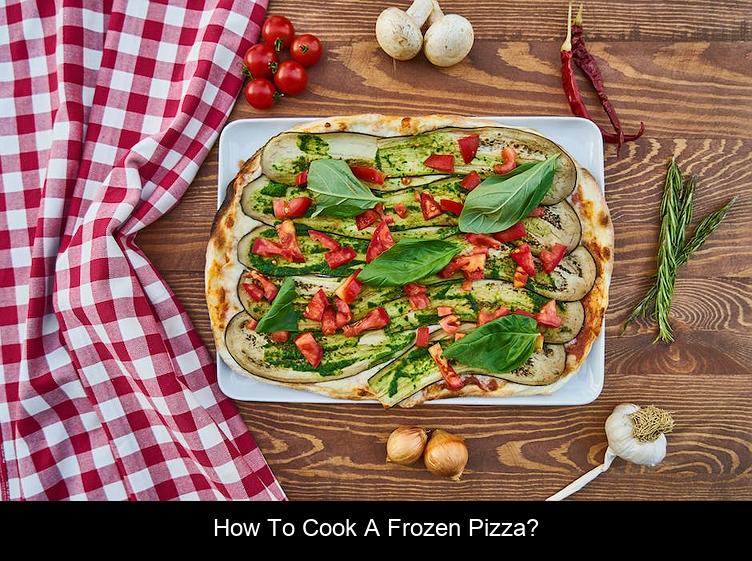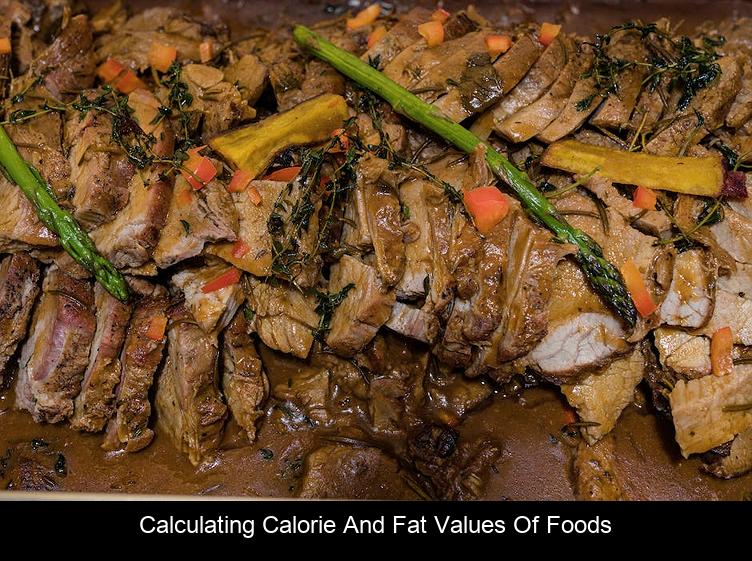If you’re looking for a delicious and healthy pizza that doesn’t require any fuss, then look no further than Frozen pizza. Get in the good start by using your favourite pizza oven to shape your frozen pizza into a complete meal.
Tips To Make a Frozen Pizza
Pizza can be overwhelming at times, but the concept of pizza can be helpful if you’re looking for the most caloric pizza. A pizza with pepperoni and cheese only contains 120 calories. But for each of the different toppings, the caloric value can change dramatically. A thin crust pizza with green peppers, red onions and garlic contains 160 calories. A stuffed pizza can be upwards of 350 calories. And if you’re looking for the most caloric pizza, a Hawaiian pizza, which is basically a pizza with pineapple and ham, can be up to 500 calories.
How To Cook a Frozen Pizza?
A frozen pizza is a great choice for when you want a quick and easy meal. Frozen pizza has a great texture and texture. It\u2019s healthy, but if you want to make it healthier, check out these healthy pizza recipes. With frozen pizza, you can customize it with your favorite toppings, such as vegetables, meat, and cheeses. Also, frozen pizza comes in many different varieties that make it easy to choose. One of the best options for frozen pizza is a deli-style pizza, which has less cheese and crust and more vegetables, such as peppers, mushrooms, onions, and garlic.

Frozen Pizza Calories and Counting
A frozen pizza weighs about 4.1 grams, which adds up to around 155 calories. If you want to go for a slice, you\u2019ll need to eat about 1.5-2 slices. A medium-sized pizza will set you back about $3.46. The average adult is considered to eat around 1800 calories per day. That means that a medium-sized pizza will cost around $0.05 per calorie. If you want to save money, you can ask for a large pizza with two slices, and you\u2019ll only have to pay $3.07. That\u2019s a lot cheaper than buying a meal from a fast food restaurant.
How to Determine the Calories
An average frozen pizza has 350 calories. So, if you’re trying to lose weight, the number of calories you can eat in one day should not exceed 1,100. Make sure that you keep an eye on how many calories you’re consuming throughout the day, so that you stay on track to lose weight.
Calculating Calorie and Fat Values of Foods
When purchasing frozen pizza, it can be hard to figure out the calorie and fat values. Most frozen pizzas are the low-fat variety, with less than half of the calories and fat of a regular pizza. But there are some exceptions. When calculating the calories and fat values of foods, it is important to remember that fat in some foods, such as those that are fatty and fried, are more concentrate in calories and fat than other foods. For example, butter contains 9 calories per gram while lard has 96 calories per gram. In addition, some foods contain even more calories and fat than the nutritional values would suggest. There are also certain items that contain more calories and fat than they should. Examples of these items include beef roasts, baked potatoes and scones. Calorie and fat values can also vary greatly between different brands. For example, some brands of frozen pizza contain a few hundred calories, while other brands contain much less than 100 calories. Similarly, some brands of ice cream contain large amounts of fat, while others contain very little. Fat values are based on a 2000 calorie diet, which means that if you eat 2000 calories and 6 grams of fat, then the fat value will be 6 grams. Because fat values can vary so widely, it is important to be careful and make an accurate comparison of foods that are similar.
When purchasing frozen pizza, it can be hard to figure out the calorie and fat values. Most frozen pizzas are the low-fat variety, with less than half of the calories and fat of a regular pizza. But there are some exceptions. When calculating the calories and fat values of foods, it is important to remember that fat in some foods, such as those that are fatty and fried, are more concentrate in calories and fat than other foods. For example, butter contains 9 calories per gram while lard has 96 calories per gram. In addition, some foods contain even more calories and fat than the nutritional values would suggest. There are also certain items that contain more calories and fat than they should. Examples of these items include beef roasts, baked potatoes and scones. Calorie and fat values can also vary greatly between different brands. For example, some brands of frozen pizza contain a few hundred calories, while other brands contain much less than 100 calories. Similarly, some brands of ice cream contain large amounts of fat, while others contain very little. Fat values are based on a 2000 calorie diet, which means that if you eat 2000 calories and 6 grams of fat, then the fat value will be 6 grams. Because fat values can vary so widely, it is important to be careful and make an accurate comparison of foods that are similar.
When purchasing frozen pizza, it can be hard to figure out the calorie and fat values. Most frozen pizzas are the low-fat variety, with less than half of the calories and fat of a regular pizza. But there are some exceptions. When calculating the calories and fat values of foods, it is important to remember that fat in some foods, such as those that are fatty and fried, are more concentrate in calories and fat than other foods. For example, butter contains 9 calories per gram while lard has 96 calories per gram. In addition, some foods contain even more calories and fat than the nutritional values would suggest. There are also certain items that contain more calories and fat than they should. Examples of these items include beef roasts, baked potatoes and scones. Calorie and fat values can also vary greatly between different brands. For example, some brands of frozen pizza contain a few hundred calories, while other brands contain much less than 100 calories. Similarly, some brands of ice cream contain large amounts of fat, while others contain very little. Fat values are based on a 2000 calorie diet, which means that if you eat 2000 calories and 6 grams of fat, then the fat value will be 6 grams. Because fat values can vary so widely, it is important to be careful and make an accurate comparison of foods that are similar.
When purchasing frozen pizza, it can be hard to figure out the calorie and fat values. Most frozen pizzas are the low-fat variety, with less than half of the calories and fat of a regular pizza. But there are some exceptions. When calculating the calories and fat values of foods, it is important to remember that fat in some foods, such as those that are fatty and fried, are more concentrate in calories and fat than other foods. For example, butter contains 9 calories per gram while lard has 96 calories per gram. In addition, some foods contain even more calories and fat than the nutritional values would suggest. There are also certain items that contain more calories and fat than they should. Examples of these items include beef roasts, baked potatoes and scones. Calorie and fat values can also vary greatly between different brands. For example, some brands of frozen pizza contain a few hundred calories, while other brands contain much less than 100 calories. Similarly, some brands of ice cream


Welcome to my blog! I’m Kenelm Frost, a passionate cook who loves making pizza and pasta. Through this blog, I share tips, tricks, and recipes to help fellow foodies create amazing Italian dishes at home.
